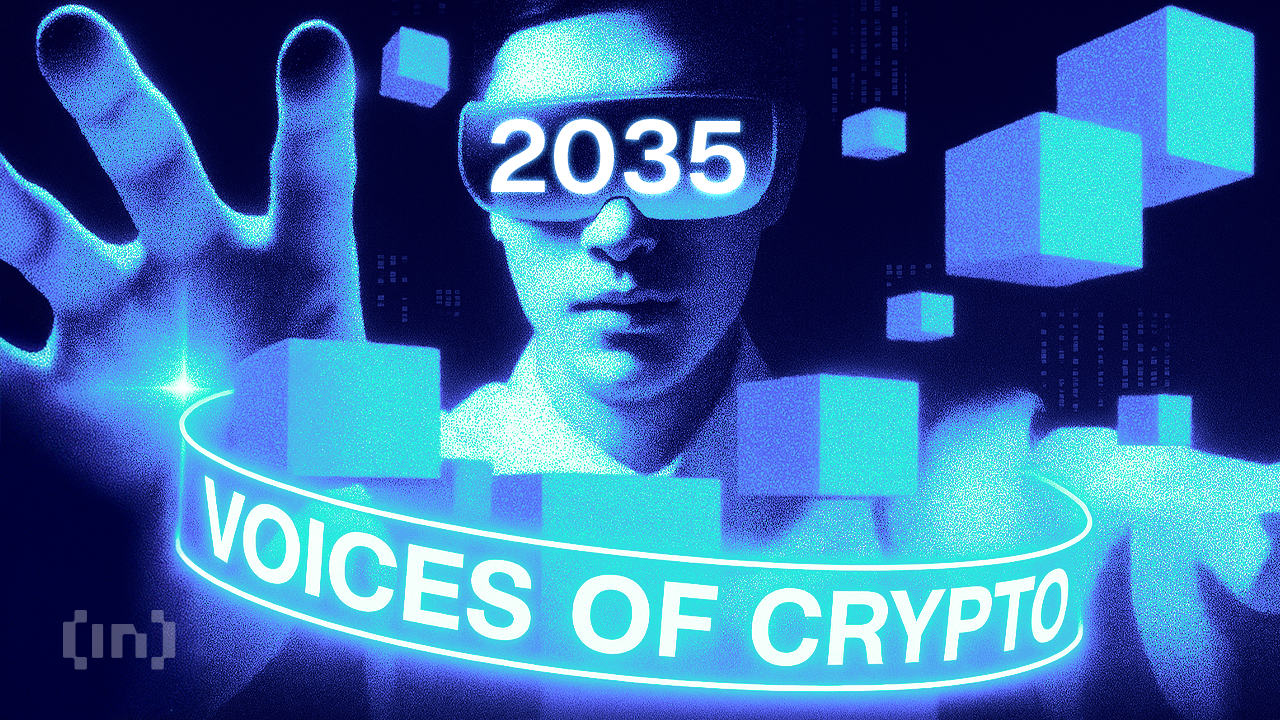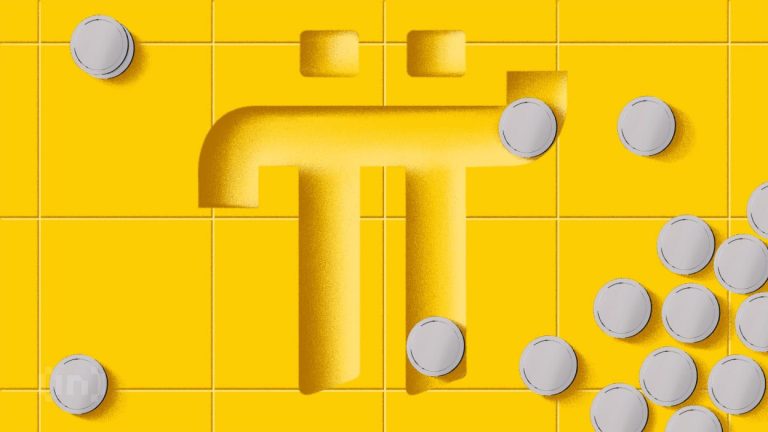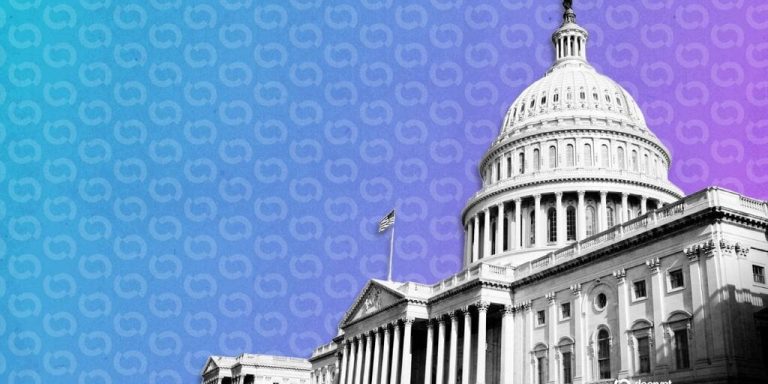
Welcome to the FinTech Revolution of 2035
The year 2035 marks a transformative era for global financial technology. It’s the inflection point where blockchain, artificial intelligence (AI), and immersive digital innovations fully converge with traditional finance. We’re entering a programmable, hyper-personalized, and transparent economic system, raising critical questions: Who governs it? How is trust established?
Industry experts, including Monty C. M. Metzger (CEO at LCX), Griffin Ardern (Head of Research at BloFin), and Vivien Lin (Product Officer at BingX Labs), all agree: the future is about intelligent infrastructure harmonizing diverse financial models rather than competing for dominance.
The Payment Rails of 2035: A Balanced Coexistence
The foundation of tomorrow’s financial architecture lies in payment systems, particularly Central Bank Digital Currencies (CBDCs) and stablecoins. According to Federico Variola, CEO of Phemex, governments will embrace CBDCs for regulatory stability, while decentralized systems like stablecoins thrive in borderless economies.
Additionally, the widespread adoption of decentralized payment systems suggests a need for interoperability. Companies like LCX are pioneering the next step—global settlement hubs that unify these models. For instance, LCX’s 2018 framework envisions connecting CBDCs and stablecoins, shaping seamless global payment ecosystems.
AI: The Brain of a Programmable Economy
Financial technology will go beyond manual inputs or standard data analytics. As Monty C. M. Metzger aptly states, “Money won’t just move; it will think.” By 2035, personalized financial management will use AI to adapt to users in real time. For example, credit terms will shift based on immediate financial health, investment plans will dynamically adjust, and wealth strategies will evolve with global market trends.
To truly adopt AI-driven solutions, however, financial institutions must commit to transparency and accountability. Vivien Lin adds, “Users should know how recommendations are made and maintain the right to override AI systems.” Building consumer trust remains a cornerstone of AI adoption.
The Tokenization of Everything
From real estate to commodities, tokenization is set to revolutionize asset ownership. With instant settlements, programmability, and fractional ownership, tokenized assets create global liquidity opportunities unmatched by traditional systems.
Monty C. M. Metzger highlights the profound impact of this shift: “The commodities market, valued in the tens of trillions, is moving on-chain. This is a monumental restructuring of global trade.” Moreover, companies like Gate.io are ready to bridge the infrastructure gap, predicting centralized and decentralized platforms will dominate 70% of tokenized asset trades by 2035.
Immersive Financial Environments
Combine blockchain with the Metaverse and AR, and the result is a user-friendly gateway to finance. Imagine managing tokenized property portfolios in AR or accessing instant fractional equities via virtual banking. BingX Labs and others aim to simplify blockchain interfaces for mass adoption while delivering sophisticated financial tools.
To explore the tokenized world further, consider products like the LCX Digital Asset Framework, which combines regulatory compliance with innovative settlement systems, paving the way for tokenized ownership.
A Converging Future Awaits
By 2035, the collaboration of stablecoins, AI, tokenization, and immersive platforms will redefine finance as we know it. The intelligent integration of state-regulated stability with decentralized efficiency will make finance more accessible, programmable, and transparent. It’s not just evolution—it’s the dawn of financial innovation.





